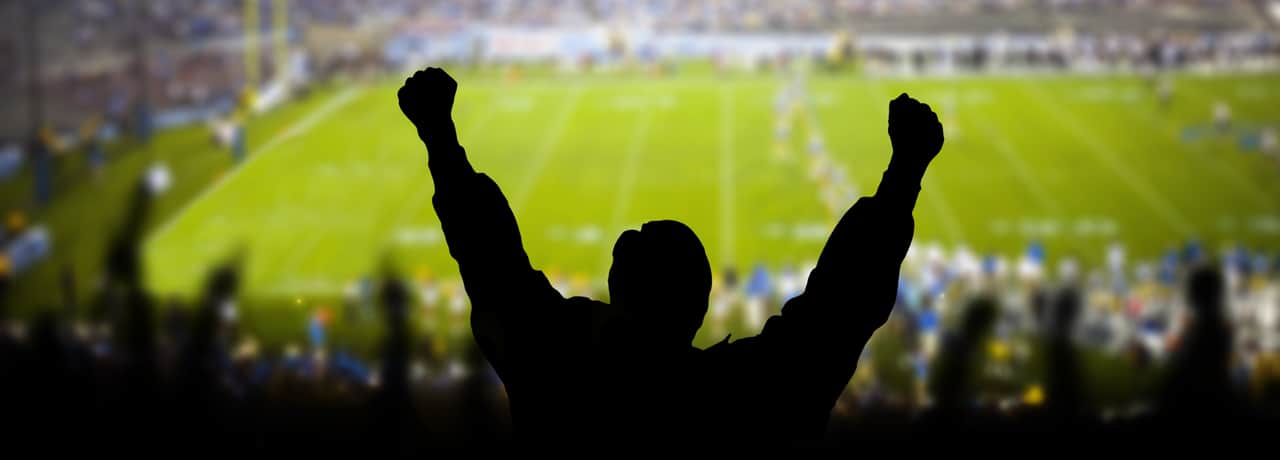September 6, 2018

Related Blogs:
Sign up for blog updates
Get innovation delivered to your inbox. Sign up for our blog and stay on top of the very latest from Semtech (formerly Sierra Wireless).
September 6, 2018

This weekend, thousands of football fans will descend on stadiums across the United States to watch the NFL kick off a new season. As they head to the stadium and through the gates to their seats, the Internet of Things (IoT) and mobile devices will enhance this experience in multiple ways – enabling them to get to the game faster using their connected cars’ navigation system, to get into the stadium more efficiently with ticket takers using wireless devices to scan their tickets, and to check on the status of their fantasy football team on their smart phone during the game.
However, new Low Power Wide Area and 5G technologies could soon further transform NFL fans’ stadium experience. LPWA technologies, such as LTE-M and NB-IOT, enable development of lower cost IoT devices that consume less power. They also allow IoT solutions to transmit data to a high number of connected devices in a condensed area, and provide better cellular connectivity deep into large buildings, like stadiums. Meanwhile 5G New Radio (NR) provides access to new mmWave spectrum, which allows IoT solutions to transmit data at ultra-fast speeds to a massive number of connected devices in a stadium, mall or similar-sized area.
Consider the following possibilities:
Of course, some of the most exciting new NFL stadium applications have not even been thought of yet, or are buried deep in the mind of an IoT developer. Which is why Sierra Wireless has been leading the effort to accelerate IoT solution development with its Linux-based Legato® open source software and mangOH® open source hardware platforms for IoT solution development. Legato simplifies IoT solution software development while mangOH delivers 90 percent of an IoT solution prototype out-of-the-box. Together they enable developers to focus their time and resources on building new, groundbreaking IoT solutions that enhance the NFL stadium experience, allowing them to create proof of concepts for these new IoT solutions that much quicker.
Then, once these developers have moved beyond proof of concept, they can use Sierra Wireless’s D2C platform -- consisting of an integrated portfolio of IoT hardware, software, cloud and connectivity – to quickly test and deploy the solution. In fact, with Sierra Wireless’s end-to-end D2C platform, once they have successfully deployed the IoT solution in NFL stadiums, they can easily modify and scale the solution for soccer, cricket and other types of sports stadiums around the world.
Start with Sierra to learn more about how Sierra Wireless LPWA modules, D2C platform, mangOH open source IoT hardware and other solutions empower you to reimagine not just the future of connected stadiums, but the future of an increasingly connected world.
Get innovation delivered to your inbox. Sign up for our blog and stay on top of the very latest from Semtech (formerly Sierra Wireless).